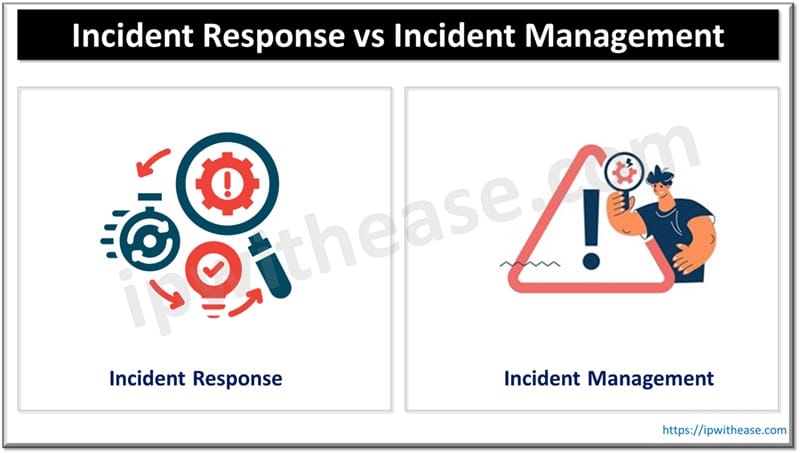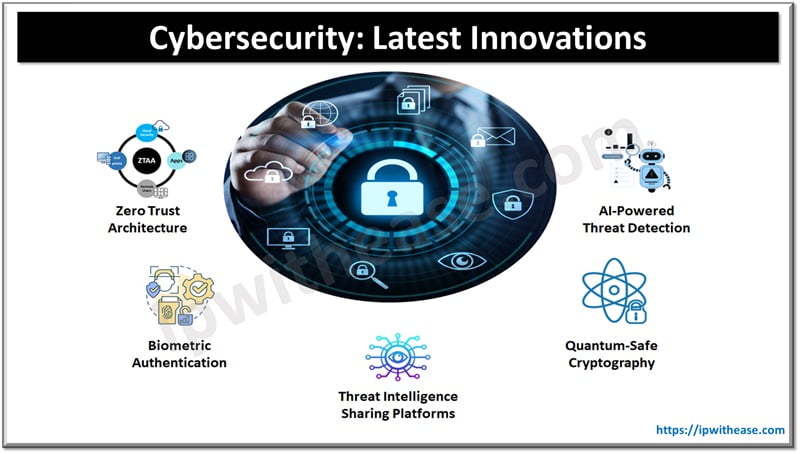Table of Contents
Welcome to blockchain security! As more people enter the crypto world, understanding the security dynamics of networks like Ethereum, Solana, and Polygon is crucial. Navigating safely is key. So, grab your digital life jacket, and let’s explore how blockchain security works, how it varies across chains, and the dangers like NFT scams lurking beneath the surface!

What is Blockchain Security?
Blockchain security involves managing risks within a network using cybersecurity measures, assurance services, and best practices to prevent attacks and fraud. It’s like a fortress with cryptographic walls, where decentralization and consensus ensure security and fairness.
Basic Blockchain Security
Blockchain secures data by grouping it into cryptographically linked blocks, making tampering nearly impossible. Consensus mechanisms, like Proof of Work (PoW) or Proof of Stake (PoS), ensure that transactions are validated and trustworthy.
Security Differences by Blockchain Types
Public Blockchains
Public blockchains are decentralized but vulnerable to attacks like the 51% attack, where controlling most mining power could compromise the network. However, this is challenging on large networks like Bitcoin and Ethereum.
Private Blockchains
Private blockchains restrict access to known participants, offering more control and security but less decentralization. They often use selective endorsement, where specific members validate transactions.
Permissioned vs. Permissionless Blockchains
Permissioned blockchains limit participation to authorized entities, providing a controlled environment. In contrast, permissionless blockchains allow anyone to join and validate transactions, increasing both decentralization and security risks.
Cyberattacks and Fraud: The Dark Side of Blockchain
Despite inherent security features, blockchain networks are not immune to attacks and fraud. Common threats include:
1. Code Exploitation
The DAO hack exploited a code vulnerability, stealing over $60 million in Ether.
2. Phishing Attacks
Phishing scams trick users into divulging private keys or sensitive information through fake emails or websites.
3. Routing Attacks
Hackers intercept data during transmission, leading to unauthorized access to cryptocurrencies.
4. Sybil Attacks
In Sybil attacks, multiple fake identities flood the network, potentially disrupting it.
5. 51% Attacks
Controlling over 50% of a network’s mining power allows manipulation of the blockchain, a risk for smaller networks.
NFT Scams: A New Threat in the Crypto Space
The rise of NFTs has led to new scams, including:
1. Fake NFT Marketplaces
Scammers create fake marketplaces to steal funds or NFTs.
2. Rug Pulls
Creators abandon NFT projects, taking invested funds.
3. Phishing Scams
Scammers trick NFT owners into sharing private keys or passwords through fake communications.
Related: Zero Knowledge Proof Protocol
Navigating the Blockchain Security Landscape
To stay safe:
- Educate Yourself: Learn about different blockchains and common attacks.
- Use Reputable Platforms: Choose established platforms for trading and NFTs.
- Secure Your Private Keys: Keep keys safe and use hardware wallets.
- Be Wary of Phishing: Double-check URLs and emails before clicking.
- Stay Updated: Follow the latest security practices and threats.
- Audit Smart Contracts: Ensure any smart contracts on different blockchains are thoroughly audited to identify and fix vulnerabilities.
Blockchain offers great opportunities, but caution is essential. Stay informed and vigilant to enjoy the benefits while minimizing risks.
ABOUT THE AUTHOR
IPwithease is aimed at sharing knowledge across varied domains like Network, Security, Virtualization, Software, Wireless, etc.



